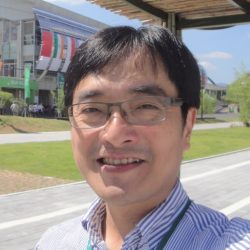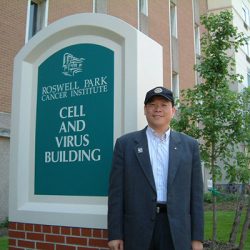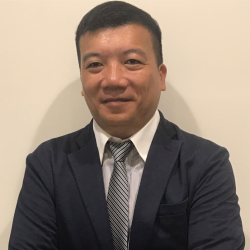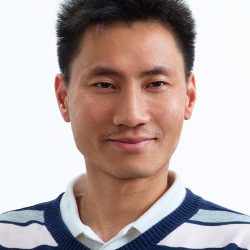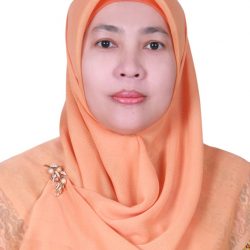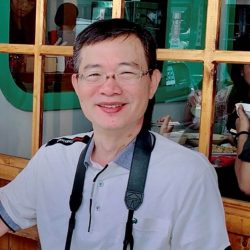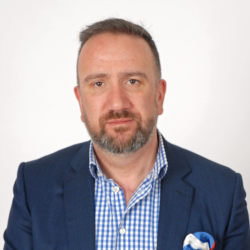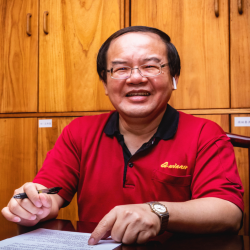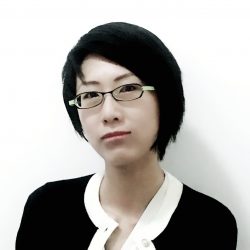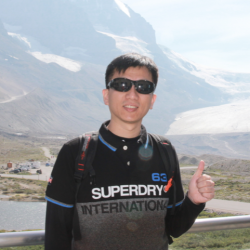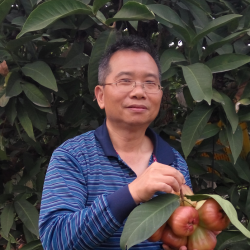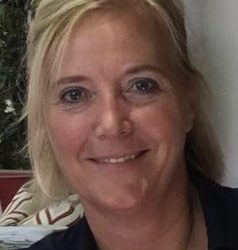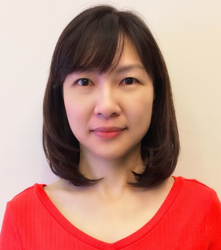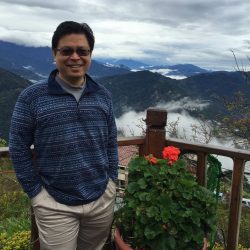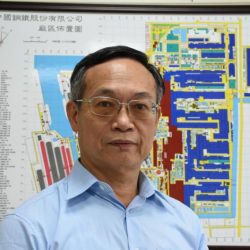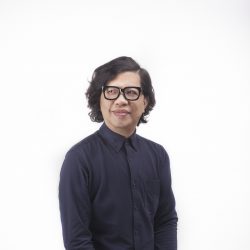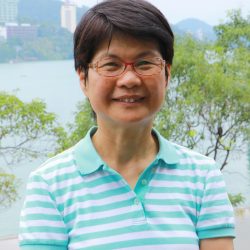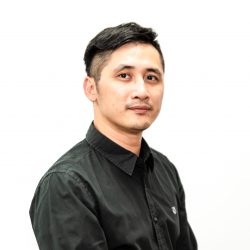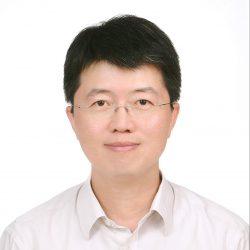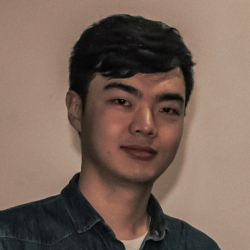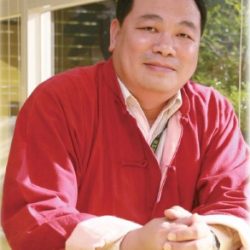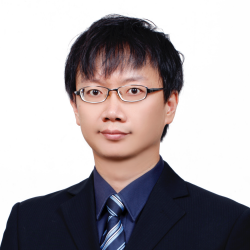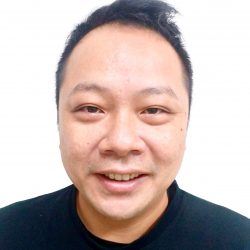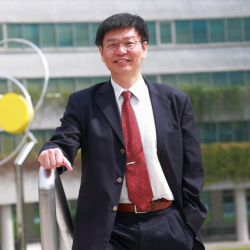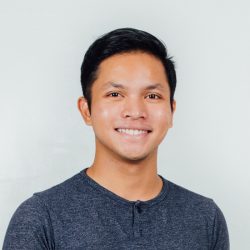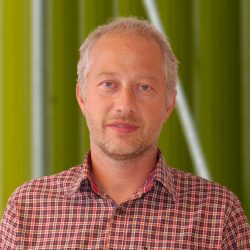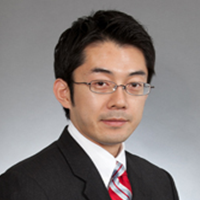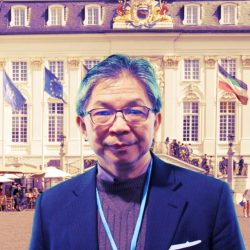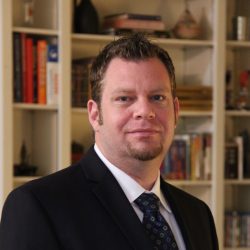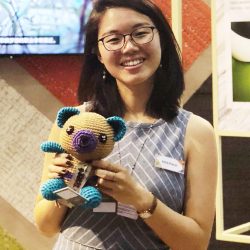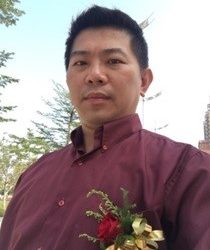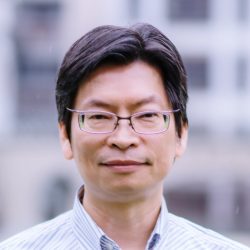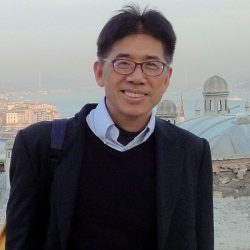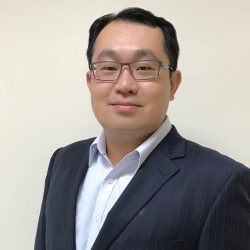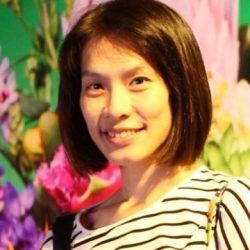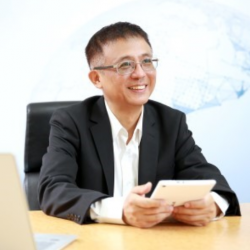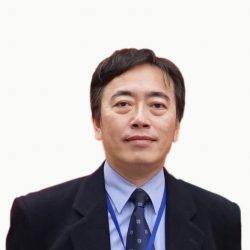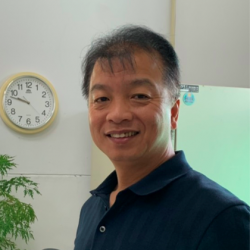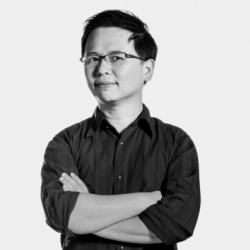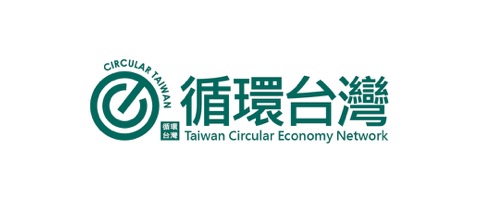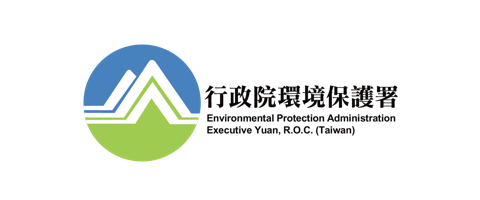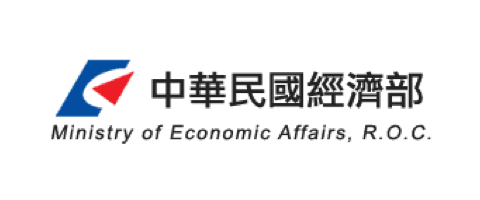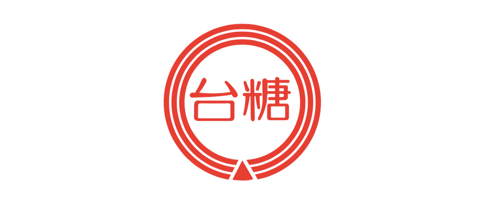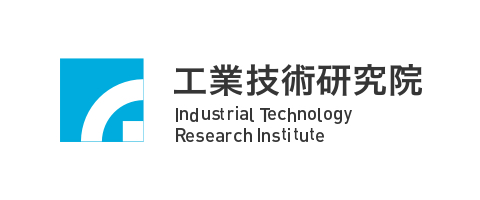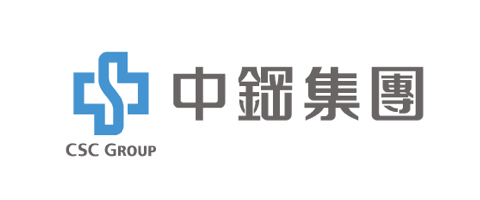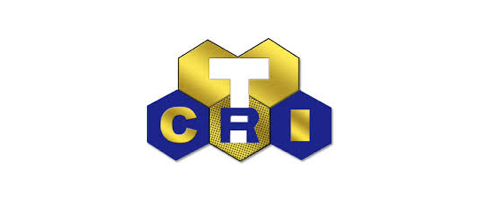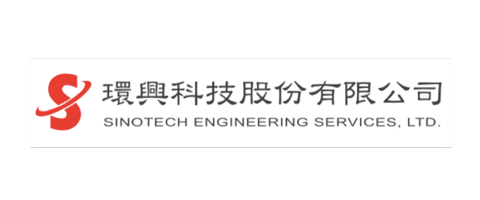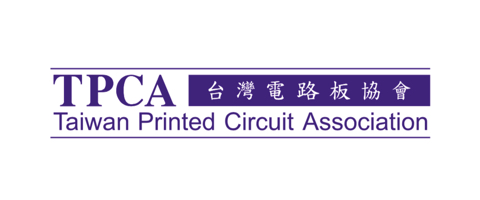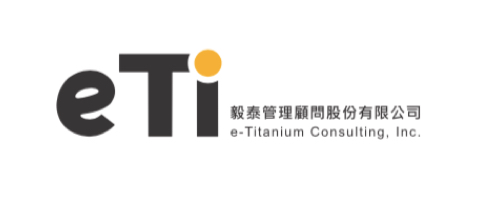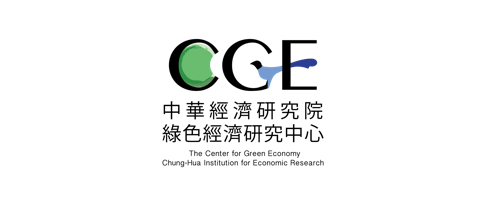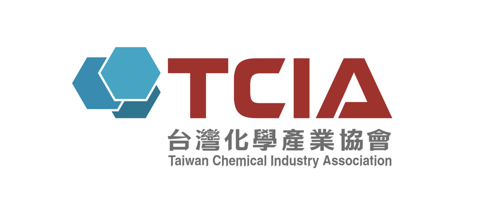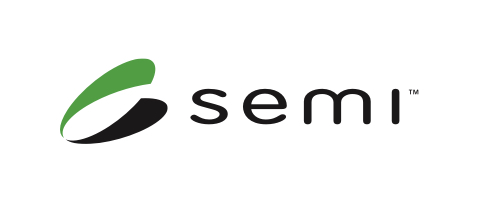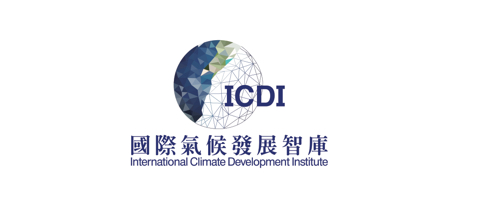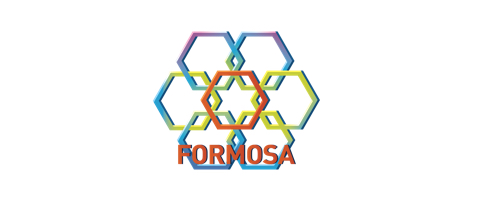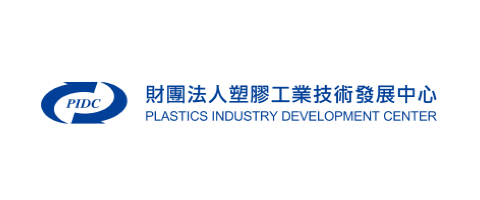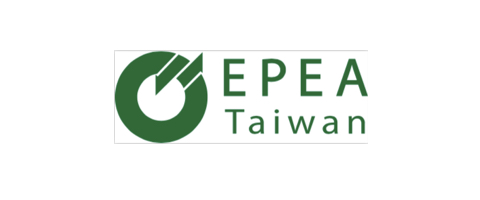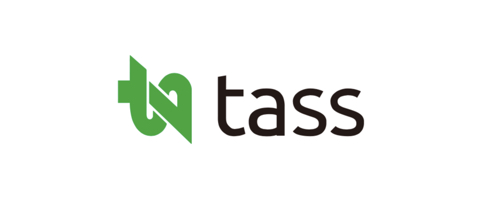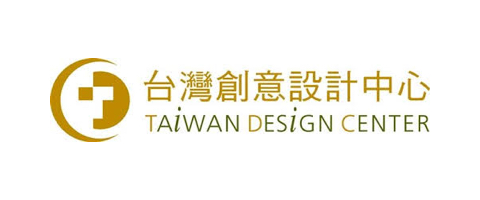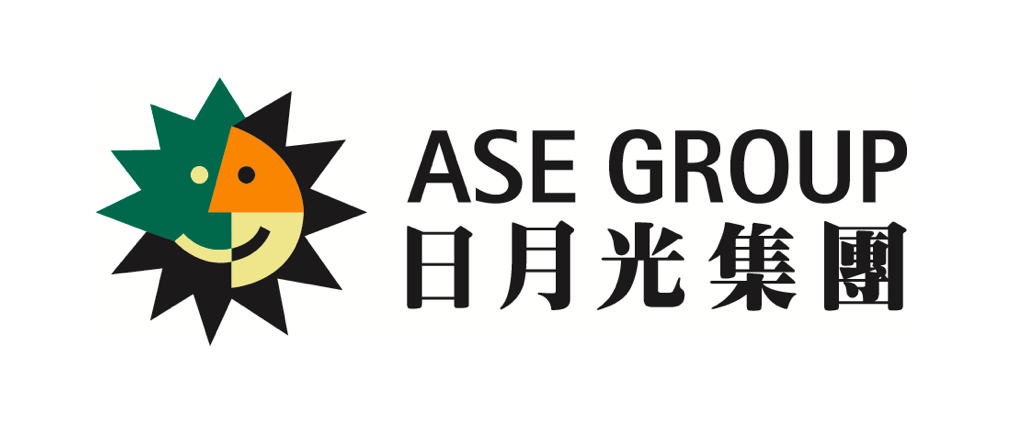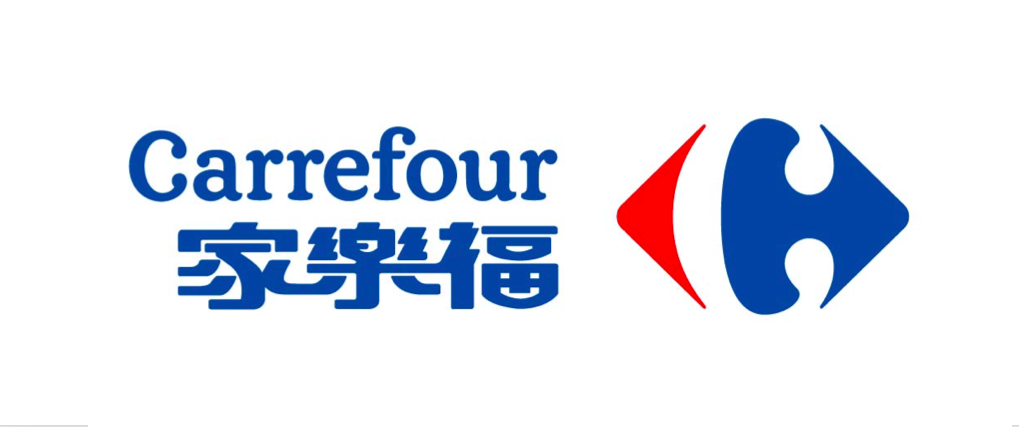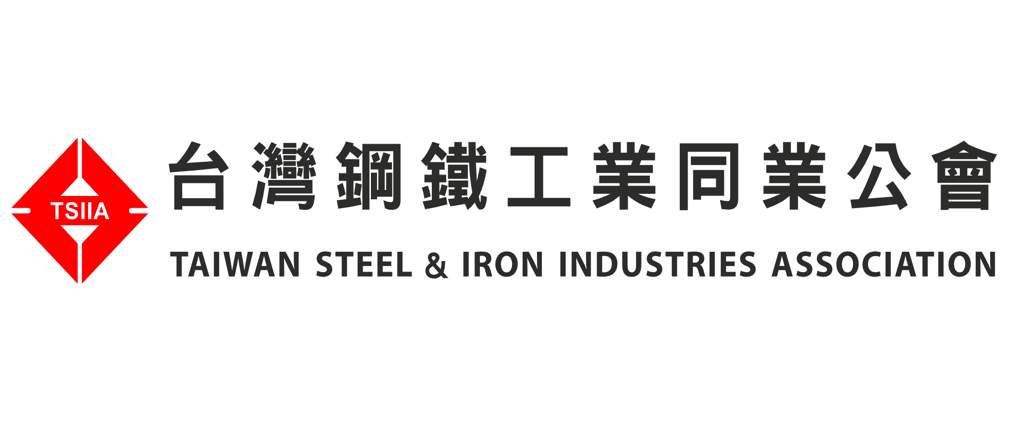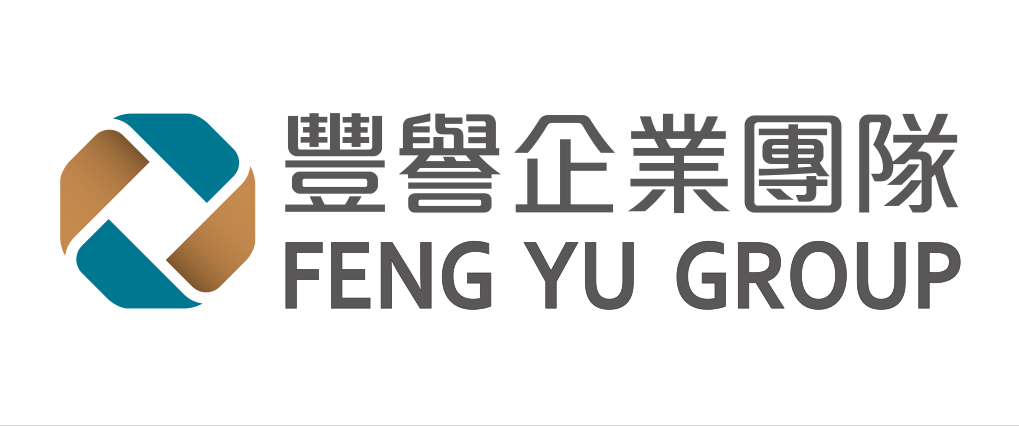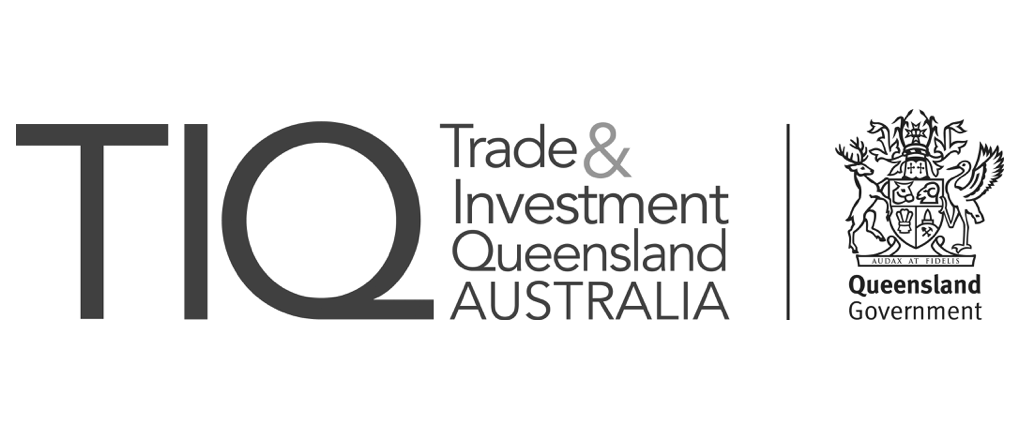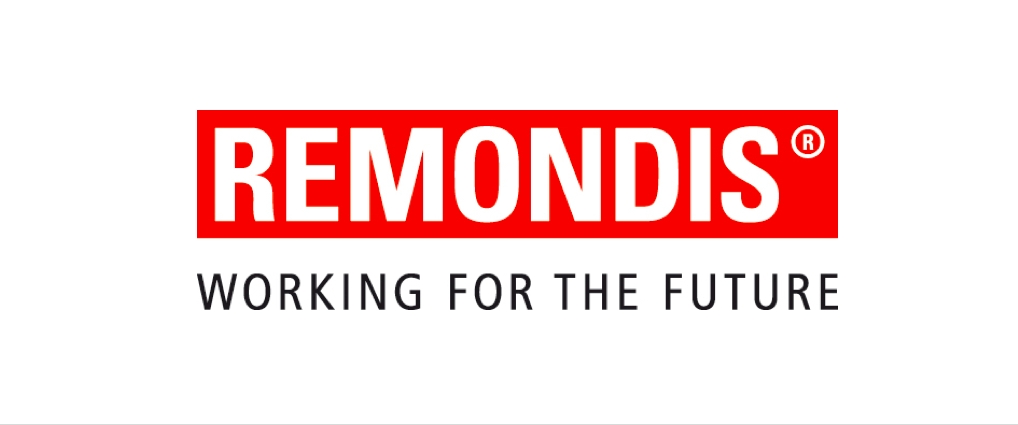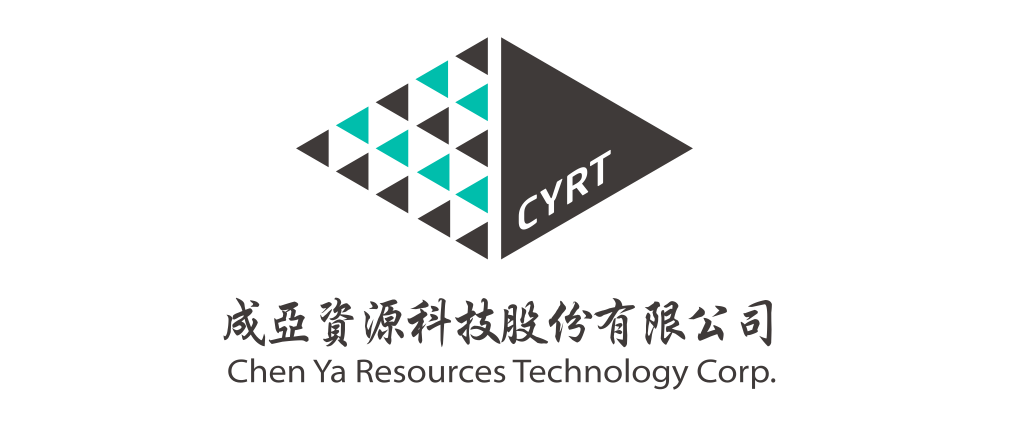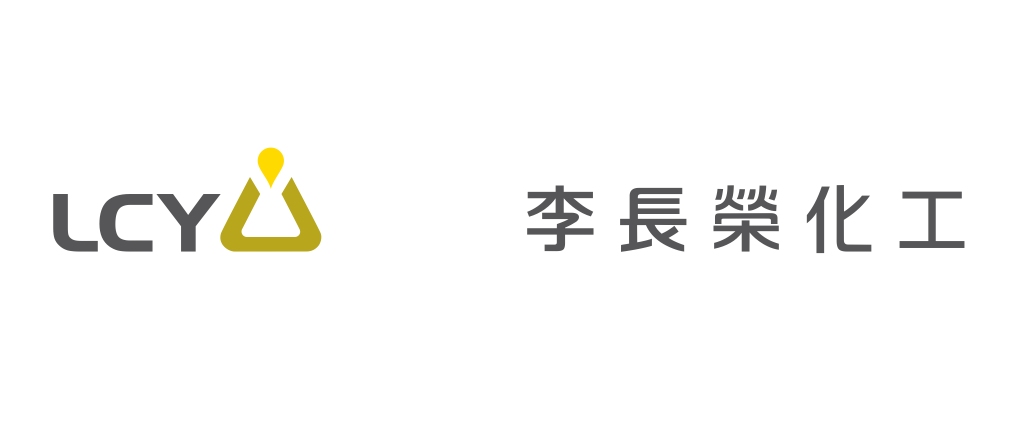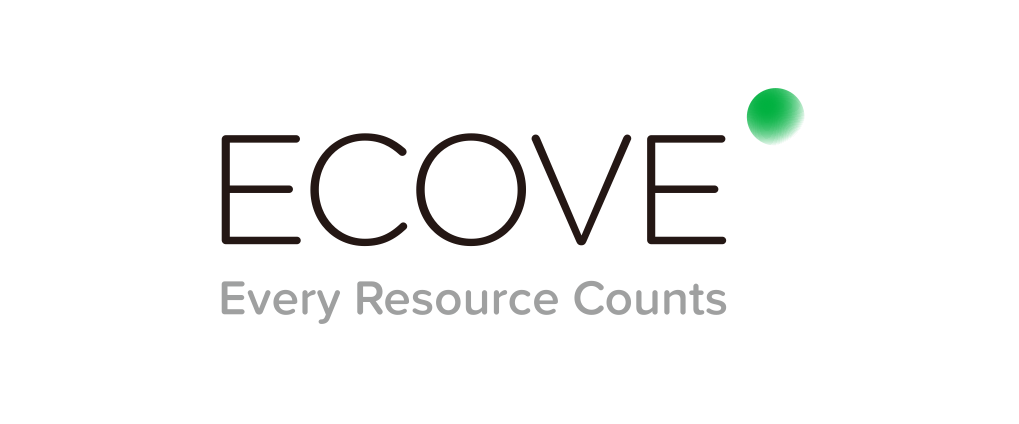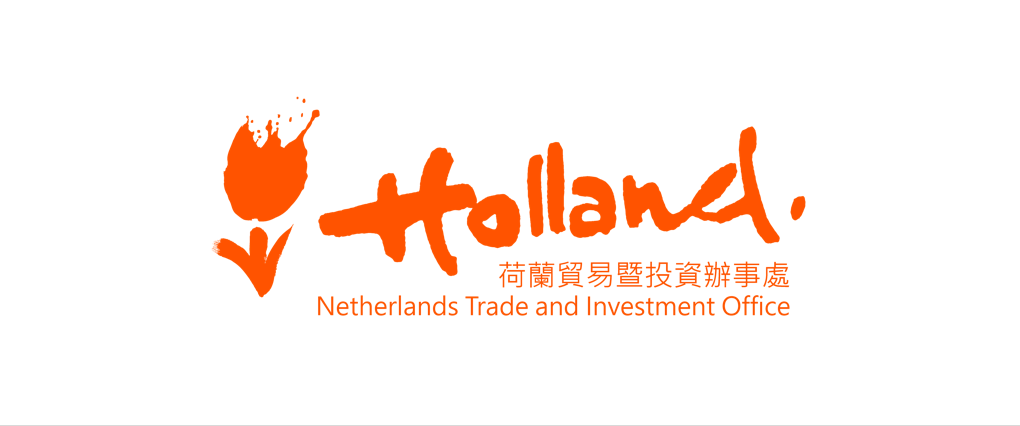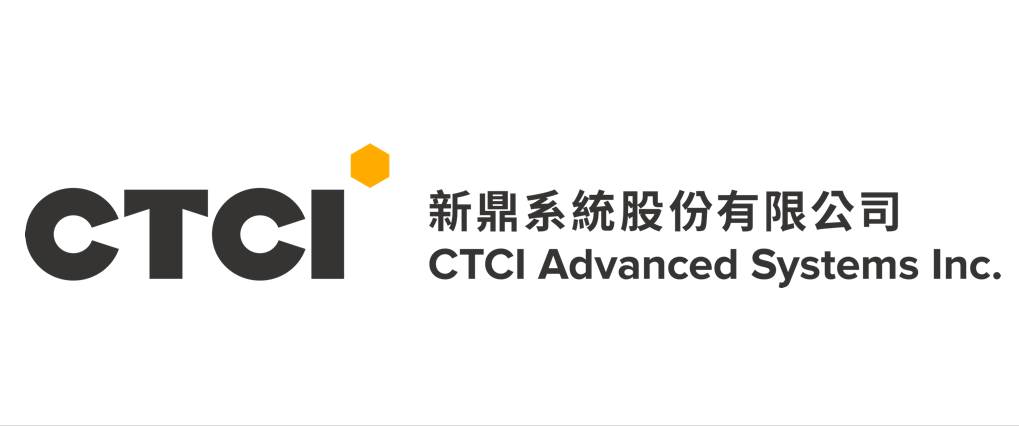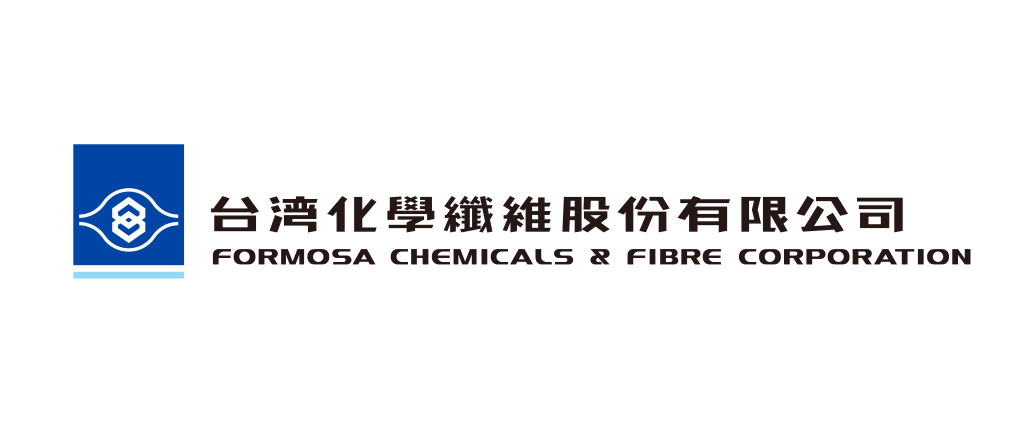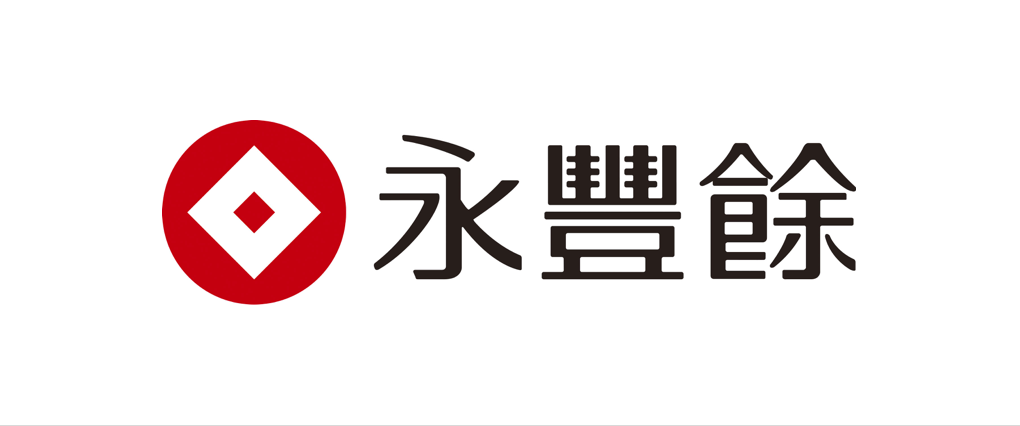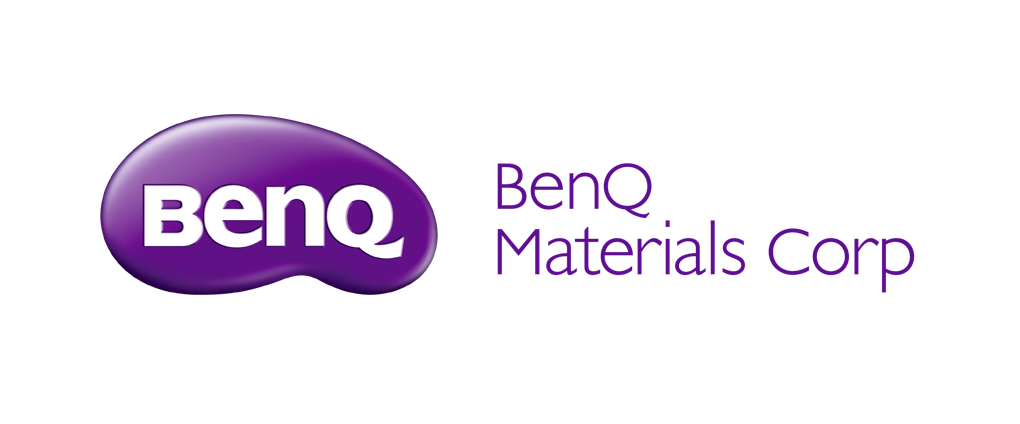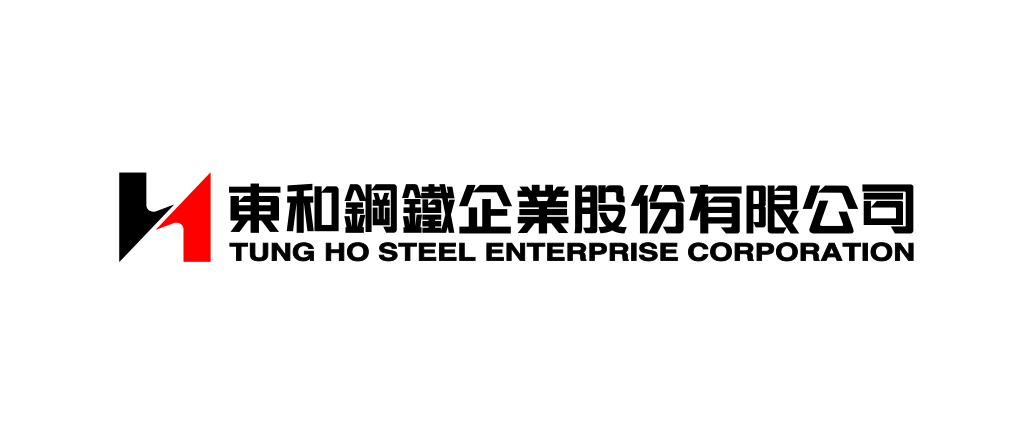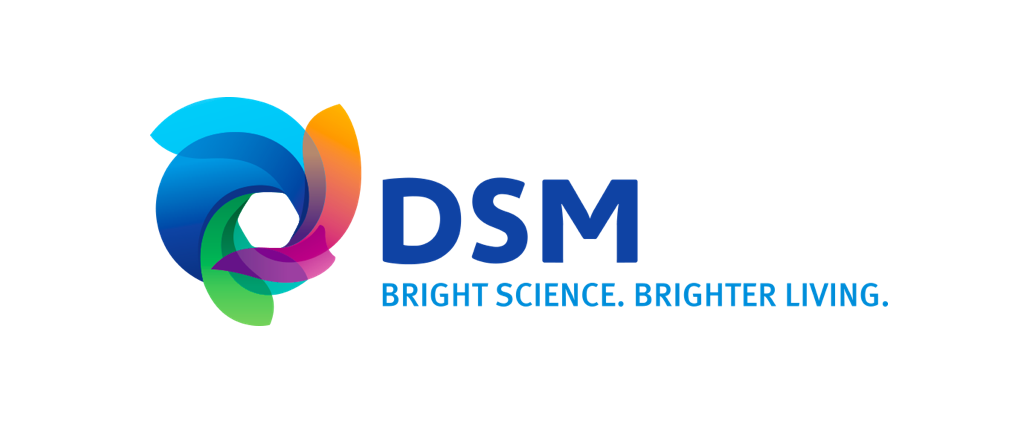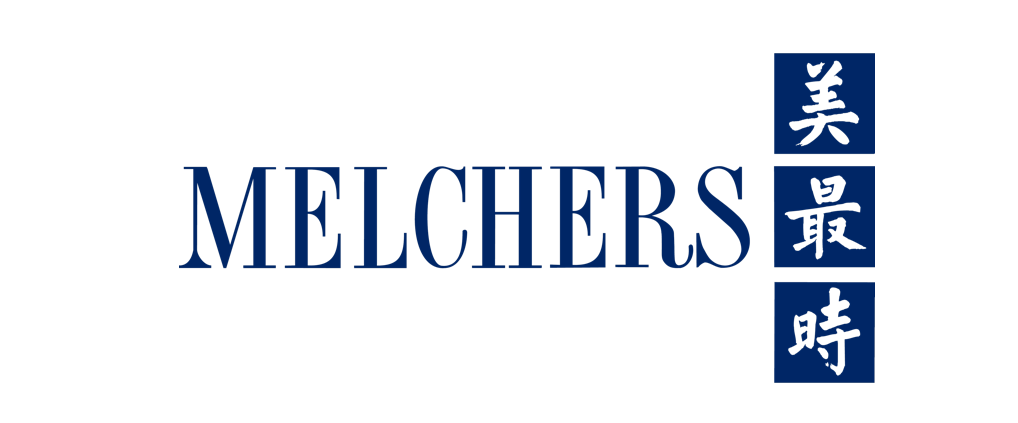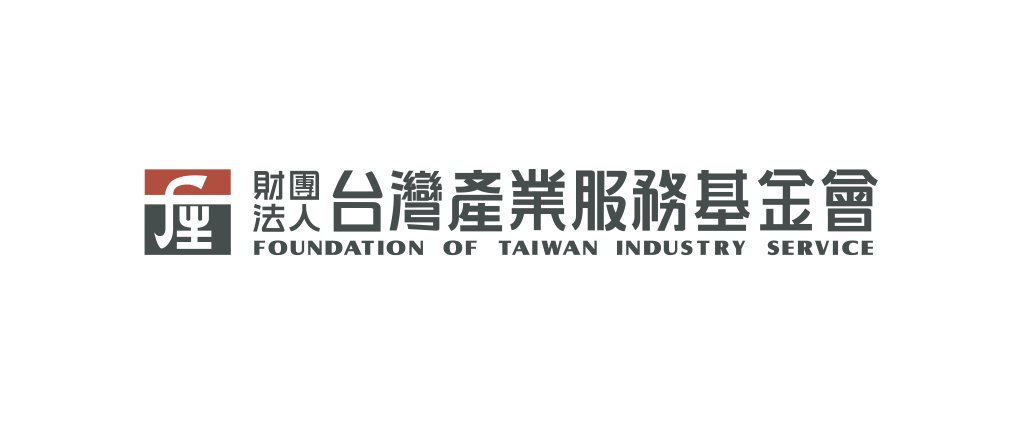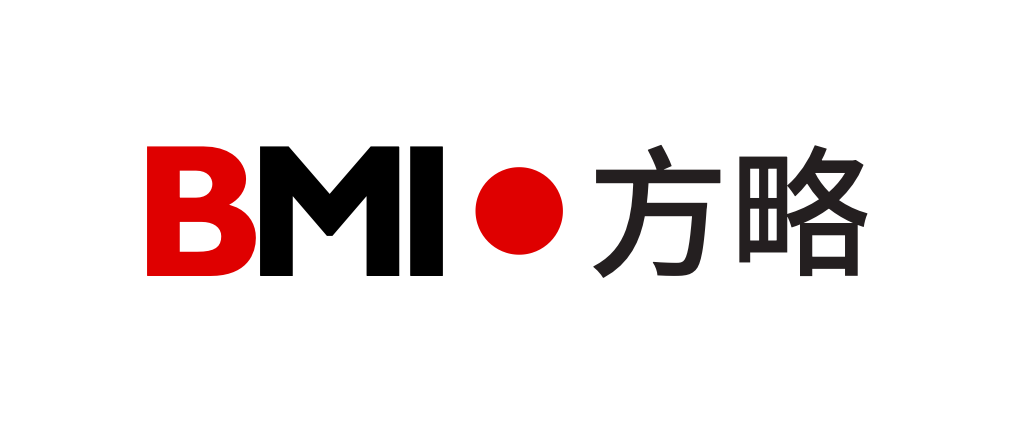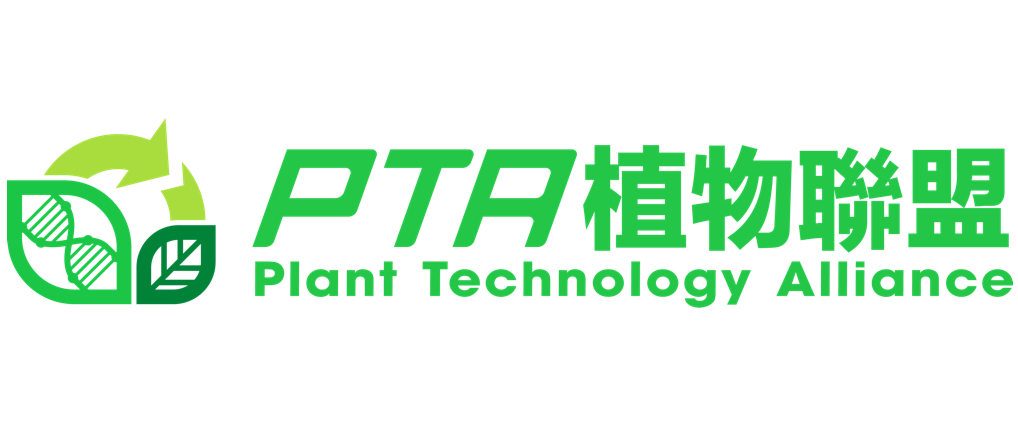NEW FRONTIER 新契機
Inspiration
Well-rounded exploration of the new opportunities for circular economy
Implementation
In-depth practical experiences of circular economy
Collaboration
Industrial symbiosis and cross-sector collaboration
TOPIC
Implement Sustainable Development and Reverse Climate Change via Practices of Circular Economy
The UN’s Sustainable Development Goals (SDGs) have become an important guidance for countries in policy-making and corporate governance. As the essential strategy, circular economy offers various approaches for enterprises to maximize values of resources, facilitating the symbiosis and prosperity among economy, environment, and society.
The Trend for International Brands
The future trends of consumer market are to be reflected, and so are the changes in the procurement of global supply chain, processes and specifications. The pioneers of production, consumption, and reprocess introduce circular economy into enterprise’s managerial strategies as well as the solutions for B2B and B2C corporations, in response to resource supply risks and consumer trends.
3 Resource Cycle Systems
- Plastic Cycle
- Metal Cycle
- Agro Cycle
3 Transformative Strategies
- Improving Energy and Resource Efficiency
- Material and Product Design
- Business Model Innovation
3 Strategies for Cross-sector Collaboration
- From Supply Chains to Collaborative Networks
- Industrial Symbiosis in Industrial Parks
- Resource Matching and Cross-sector Applications
5 Field visits
- Agro Cycle
- Textile Cycle
- Metal Cycle and Cross-sector Cooperation
- Plastic
- Energy Efficiency and Industrial Symbiosis
Schedule
-
What is a circular economy? Why do we need a circular economy?
What are the new opportunities that businesses can find in a circular economy? - 09:00 - 09:20
Opening Ceremony
Opening Ceremony
- 09:20 - 10:20


Plenary Sessions: Circular Economy for the SDGs (Live Streaming🎥)
From the global and regional perspectives, we are to explore the issues with the model of economic development as it is, why we need a circular economy, the features and vision of a circular economy as well as its benefits. Through sharing from renowned brands and pioneers in the promotion of circular economy, enterprises shall learn about the potential opportunities with and the promotion means of the circular economy.
Keynote 1: Transition to a Circular Economy - Why, Who and How
【Janez Potočnik, Co-chair, UNEP International Resource Panel】
Keynote 2: Towards a Circular Taiwan - New Frontier
【Charles Huang, Chairman and Founder, Taiwan Circular Economy Network】
Speakers:
Charles Huang

Janez Potočnik
- 10:40 - 12:10






Plenary Sessions: Pioneering Perspectives (Live Streaming🎥)
As pioneers in manufacturing, consumption, and recycling, major brands will share how to change the existing business models, supply chain procurement, and manufacturing processes with more circular business strategies in light of resource supply risks and the future trends of consumer markets.
Pioneering Perspectives comprises of an one-hour speech on the business success in implementing the circular economy and a 30-minute panel discussion with the pioneering businesses and keynote speakers, Mr. Janez Potočnik and Mr. Charles Huang. We shall jointly investigate how producers employ strategies or business models that fit the circular economy to tackle the shift of market trends.
Business case sharing 10:40-11:40
-Disruptive Business models that transform the way we view the circular economy-
【David Mackerness, Customer Success Manager, Kaer】
-Create a Sustainable Future with Circular Energy Solutions-
【Ming-I Peng, Chief Product Officer, Gogoro】
-Enabling a Circular World-
【Matt Gray, Regional Commercial Director for DSM Engineering Plastics, Asia Pacific, DSM】Panel discussion 11:40-12:10
-Panelist-
【Janez Potočnik, Co-chair, UNEP International Resource Panel】
【Charles Huang, Chairman and Founder, Taiwan Circular Economy Network】
【David Mackerness, Customer Success Manager, Kaer】
【Ming-I Peng, Chief Product Officer, Gogoro】
【Matt Gray, Regional Commercial Director for DSM Engineering Plastics, Asia Pacific, DSM】
-Moderator-
【Guy Wittich, Representative, Netherlands Trade and Investment Office】 - 13:30 - 16:50









Parallel Session: Cooperation in Building Resource Circulation System to Boost Resource Productivity
A: Plastic Cycle From Packaging to TextileDeparting from the new plastic economy interwoven with product design, reuse, and recycling, participants are to dive into how industries tackle the wave of global transition brought by the crisis of wastes in the ocean. As a giant in artificial fiber and functional textile, how should Taiwan meet the demands of circular economy from the outdoor and fashion garment brands via a transition in a systematical manner?
Packaging 13:30-15:00
-A Global Commitment towards a New Plastics Economy-
【Nick Jeffries, Insight and Analysis, Ellen MacArthur Foundation】
-Green supply chain Zero environmental impact-
【Steven Ko, Chairman, Hair O'right International Corporation】
-Recycling and Sustainability of Plastic-
【Matt Lin, Chairman, DaFon Environmental Technology】
-Disposable to Reusable: Rental Cups Service-
【Chih Lung Lin, Co-founder, ChingPiao】
-Circular Economy Development in Industrial Sector in Indonesia-
【Andriati Cahyaningsih, Sub Head for Green Industry Control and Monitoring, Center for Green Industry, Industrial Research and Development Agency, Ministry of Industry, Indonesia】
-Moderator-
【Hsiang-Jui Hsu, Senior Manager, Plastics Industry Development Center】Break 15:20-15:40
Textile 15:40-16:50
-System Thinking and the Circular Future of Textile-
【Mengmeng Cui, Asia Business Development Director, Singapore office, Metabolic】
-Value Added Products of Sustainable Polyester-
【Mao-Yuan Chiu, Deputy Manager, R&D Center, Far East New Century】
-The next 50 years of sustainable management-
【PS Chen, Senior Innovation Manager, Fu Hsun Fiber Industries Co., Ltd】
-Moderator-
【Robert Jou, Vice President, Taiwan Textile Research Institute】 - 13:30 - 16:50

-e1574915476590-60x60.jpg)




Parallel Session: Cooperation in Building Resource Circulation System to Boost Resource Productivity
B: Metal Cycle Construction and MachineryWith a focus on the material flow of steel application in the construction and machinery, the opportunities of extending product life cycle in the material circulation are to be examined via strategies of reuse, repair, refurnish, and remanufacture for the exploration of solutions for enterprises.
Construction 13:30-15:00
-A circular economy for mining metals and minerals-
【Jaine Morris, Co-founder, Coreo】
-Circular Architecture for Circular Economy-
【Ying Chao KUO, Bio-architecture Formosana】
-The application and development of electric furnace steelmaking in the circular economy-
【J. Y .Kuo, Manager-Metallurgy R&D Department, Feng Hsin Steel】
-Moderator-
【Roger Chang, Director of Department of Land development, Taiwan Sugar corp.】Break 15:00-15:20
Machinery 15:20-16:50
-Circular economy for new competitiveness in a low-carbon world – Spotlight metals-
【Juila Okatz, Programme Manager, SystemiQ】
-Minimizing waste, maximizing resources-
【Tony Chao, Sr. Director, ASML Taiwan Ltd.】
-Activate old machines and create new value with circulation-
【Chen-Chang(Brian) Fu, General Manager, New Up innovation】
-Moderator-
【Chih-chuan Kao, Remanufacturing Researcher, University of Strathclyde】 - 13:30 - 16:50






Parallel Session: Cooperation in Building Resource Circulation System to Boost Resource Productivity
C: Bio Cycle From Agro-food to Bio-TechHow to maximize the benefits of agricultural resource usage through diversified production and high-value utilization is to be inquired. Also, how the energy and resources can be used in circulation to the extreme within the system via surplus food sharing and the recovery of agricultural wastes and food wastes prior to returning to soil to maintain fertility will be delved into, so as to usher in the opportunity for next cycle.
From Land to Agro-food 13:30-15:00
-What is a circular economy for food?-
【Clementine Schouteden, I&A LEAD, Ellen MacArthur Foundation】
-Application Potential of Eco-technology in Biomass Recycling-
【Shih-Chi Lee, Deputy CEO, Central Region Campus, ITRI】
-Specialized Biomimicry Agricultural Area-
【Hao Yang, Chairman, Agri-Dragon Biotech】
-Moderator-
【Shih-Chi Lee, Deputy CEO, Central Region Campus, ITRI】Break 15:00-15:20
High-value Full Use 15:20-16:50
-Comprehensive Circularity - An Economic Miracle in Modern Agriculture of Taiwan Sugar Corporation (TSC)-
【Jan Chang, Team Lead of Circular Economy Group, Taiwan Sugar Corporation】
-Whole Pig Application as Biomaterials for Tissue Engineering and Regenerative medicine-
【Dar-Jen Hsieh, CEO, Acro Biomedical】
-A Visionary of Digging Unexploited Treasures-
【Hugo Yang, Chairman, King's Ground Biotech】
-Moderator-
【Shih-Chi Lee,DeputyCEO,Central Region Campus, ITRI】 - 16:50 - 18:00
Cocktail Party
-
How do businesses implement circular principles in business practice?
How to put circular economy into practice among different businesses or industries? - 09:00 - 12:00






Parallel Session: Circular Economy Roadmap for Enterprise Practices
A: Improving Energy and Resource EfficiencyEnterprises may examine the usage of water, energy, and resources required in the processes systematically with various managerial methods and tools, such as Material Flow Cost Accounting and Circularity Facts Program, which are quantified and prioritized to improve the efficiency and circularity of raw material utilization, reducing wastes and environmental impacts while ultimately reducing operational costs and increasing profits for businesses.
9:00-10:25
-Circular Economy Execution Sharing-
【Simon Tu, Special Asst. to Chairman, Everlight Chemical】
-Recover Environmental Economic Benefits from Assembly Product Material Flow-
【Kano Lee, Manager, ESH, ChipMOS】
-AU Optronics Corp. Water / Energy Sustainable Development Roadmap and Solutions-
【Hsiang Meng Su, Factory Director, AUO】
-ASUS & Circular Economy-
【Jennie Lin, Director, ASUSTek】Break 10:25-10:40
10:40-12:00
-Benefits of Environmental Management Tools to Circular Economy-
【Wun Hui Huang, Senior Engineer, Green Energy and Environment Research Lab, ITRI】
-UL Circularity Facts Program-
【Evelyn Yeh, Project Manager, Underwriters Laboratories Taiwan】
-Moderator-
【Wun Hui Huang, Senior Engineer, Green Energy and Environment Research Lab, ITRI】 - 9:00 - 12:00






Parallel Session: Circular Economy Roadmap for Enterprise Practices
B: Material and Product DesignWith material sourcing and product design, products can transform into materials more easily upon the end of their life cycle before invested into the manufacturing processes of other products.
9:00-10:10
-Designing with Climate in Mind: how circular design enables a climate fit for life-
【Yangshengjing (UB) Qiu, Sustainability Lead, North Asia, Interface】
-Design A Perfect Future: circular design strategies and smart materials selection-
【Chia-Hsiang Wang, Founder, REnato Lab】
-Circular Symbiosis: How creativity and social innovations create a Circular Economys-
【Carlo Delantar, Co-founder, Altum】Break 10:10-10:25
10:25-12:00
-Cradle to Cradle: Power a Circular Economy by Innovation, Quality and Good Design-
【Yu-Chin Chang , Office Manager, EPEA Intl. Umweltforschung GmbH Taiwan Branch】
-Biomimicry Design Thinking - Innovation Engine Driven By Life's Principles-
【Julia C.C. Chiang, Secretary General, Biomimicry Taiwan】
-Moderator-
【Chi-Yi Chang, Chairman, Taiwan Design Center】 - 9:00 - 12:00





Parallel Session: Circular Economy Roadmap for Enterprise Practices
C: Business Model InnovationIn the midst of consumer culture shift, the new approaches for enterprise to create values are explored, while big data and technology are employed to facilitate the transition of business models.
9:00-10:10
-Business Opportunity: Wash Everything-- How To Transform Consumers’ Consuming Habits Into Innovative Business Models -
【Pingyuan Liao, Chairman, G-winner】
-Lighting Rental- to solve the Biggest Little Thing!-
【Jia-hsin Cheng, General Manager, Color Park】
-Compressed Air and Circularity – Air Circulates, So Too Must the Business Model-
【John Demers, General Manager, Atlas Copco Taiwan】Break 10:10-10:25
10:25-12:00
-Business Design for Circular Shift-
【Diane Shen, Creative Designer & Partner, Business Model Inc Taiwan】
-The Integration of Sustainable Management, Business Model and Management System- BS 8001 International Standard of Circular Economy-
【Duncan Fong, BS 8001 Product Manager , British Standard Institute】
-Moderator-
【Vincent Tseng, CEO, Taida Entrepreneurship Center】 - 13:30 - 15:40





Parallel Sessions: Industrial Symbiosis and Cross-sector Collaboration
A: Industrial Symbiosis in Industrial ParksRepresentative planning, promotion, and benefits from the industrial symbiosis in and beyond Taiwan will be showcased. China Steel Corporation will share its experience in the collaboration with other businesses at Linhai Industrial Park, presenting the fruit of regional energy and resource integration in Taiwan. The participating enterprises shall capture the business strategies to fuse industrial symbiosis with enterprise management as well as the opportunities of taking part in industrial symbiosis.
-Promotional strategies of industrial symbiosis in existing industrialparks-
【Yun-Sheng Ling, Director, Industrial Development Bureau, Ministry of Economic Affairs】
-The ways of Industrial symbiosis in Taiwan's circular park-
【Chien-Tang Chen, Senior Technical Specialist, Industrial Development Bureau, Ministry of Economic Affairs】
-Kalundborg Symbiosis – a unique public-private partnership facilitating sustainable smart business-
【Per Møller, Head of Department, Symbiosis Center Denmark】
-Industrial symbiosis driven by sustainable industrial parks-
【Jana Legtenborg, Project Manager, TUM International GmbH】
【Hans-Dieter Riede, CEO, Eniga】
-District Energy Integration-
【Sheng-Te Lin, General Manager, Utility Department of China Steel Corporation】
-Moderator-
【Shi-long Chang, Former Advisor, China Steel Corporation】 - 13:30 - 15:40





Parallel Sessions: Industrial Symbiosis and Cross-sector Collaboration
B: Resource Matching and Cross-sector ApplicationsCross-sector application of materials is a vital strategy for enterprise to work with other corporations in promoting a circular economy. Representatives at home and abroad are to share the planning and practices that facilitate cross-sector applications, including transparency of material information, decision making aids, technology collaboration between the industry and academia, and material tracing management system.
-Industrial Symbiosis: The circular economy in action – ‘Connecting Industry – Creating Opportunity-
【Ian Humphreys, Director of Operations, International Synergies Limited】
-Watchman of Circular Materials – The Verification and Matchmaking Platform-
【Ray Reu, Marketing Manager, Sustainable Environment Technology Division Green Energy and Environment Research Laboratories, Industrial Technology Research Institute】
-The role of the material passport in a circular economy-
【Simone Sars-Huijser van Reenen, Asia Development Manager, Madaster】
-Power plant zero waste--coal ash utilization as an example-
【Lih-Wen Kuo, Group Leader of Sustainable Resources, Research Institute, Taipower Co.】
-Moderator-
【Hwong-wen Ma, Professor, National Taiwan University】 - 13:30 - 15:40






Parallel Sessions: Industrial Symbiosis and Cross-sector Collaboration
C: From Supply Chains to Collaborative NetworksAssociations and alliances that have been promoting the circular economy in their networks will share their motives, practices, and outcomes, such as industrial information and standard integration, resource investment and circularity inventory on the scale of whole industry, or the redefinition of the business model between a supplier and users. Enterprises will be guided to contemplate on how to connect horizontally and vertically, integrating the conventional concept of independent supply chains into rich collaborative networks in diversity.
-Show the Opportunity of Circular Economy-
【Terry Tsao, Global Chief Marketing Officer and President of Taiwan, SEMI】
-Circular Economy Roadmap of Taiwan PCB Industry-
【Tenfens Huang, Chairman, Taiwan Printed Circuit Association(TPCA) ESH Committee】
-Application of Information Flow to Construct a Circular Economy Model of Supply Chain-
【Chun-Ming Yen, Secretary General, Taiwan Alliance for Sustainable Supply (TASS)】
-Circular Economy– Electronic Grade Iso-Propylene-Alcohol (E-IPA)、FoamedPoly-Propylene (PP) as Example )-
【CJ Lee, CEO, LCY Chemical /representing Taiwan Chemical Industry Association (TCIA)】
-The Research of Advanced Carbon Materials at CPC-
【Chia Lin Chang, Project Manager, Refining & Manufacturing Research Institute Technical Service Department, CPC Taiwan】
-Moderator-
【Alex Y. M. Peng, Executive Vice President, Industrial Technology Research Institute】 - 16:10 - 17:00
Closing Panel: How Can the Government Foster an Environment for Industries to March Toward a Circular Economy?
Based on the experiences of the strategic promotion of circular economy in pioneering states, we shall reflect on the present and possible measures proposed by the government in Taiwan to support the development of a circular economy in Taiwan.
-Policies toward an economic evolution with resource-efficient business in Japan-
【Kotaro Shimizu, Chief analyst, Environment and Energy Department, Mitsubishi UFJ Research and Consulting Co., Ltd.】
-Moderator-
【Alex Y. M. Peng, Executive Vice President, Industrial Technology Research Institute】
-Panelist-
【Kotaro Shimizu, Chief analyst, Environment and Energy Department, Mitsubishi UFJ Research and Consulting Co., Ltd.】
【Hwong-wen Ma, Professor, National Taiwan University】
【Shi-long Chang, former advisor, China Steel Corporation】
【Chi-Yi Chang, Chairman, Taiwan Design Center】
【Per Møller, Head of Department, Symbiosis Center Denmark】 - 17:00 - 17:15
Closing Ceremony
- Pingtung
Bio Cycle
Learn how to create efficiency of energy and resources via re-planning the production system of agriculture and husbandry while taking into consideration the sustainability of land. Explore the various possibilities of agricultural wastes while producing high-value circulation with cross-sector technologies.
Sites:
TaiSugar Co. DongHaiFeng Livestock FarmA pig farm with modern cultivation facilities and green power generation technology as well as functions of tourism and environmental education echoes with circular economy in accordance with the biogas power generation policy. A regional biogas center and sewage processing facility are thus established to process wastes and sewage within/without the compound as resources for reutilization.
Pingtung Circular HubIndustrial Technology Research Institute collaborates with Pingtung County Government in creating the innovative Pingtung Circular Hub that combines local agricultural industry in Pingtung. Facilitated by the industry, high-value agroindustrial technology is applied to share information and achieve the purpose of clustering a local industrial ecosystem.
AgriDragon Biomimicry FarmA toxic-free, harmless environment that mimics the ecosystem of rainforest and human’s internal organs and cardiovascular system, it is designed to deliver water, nutrients, and air directly to earth via sub-irrigation to create a lively ecological environment and an active circular system.
- Tainan
Textile Cycle
Experience the recycling mechanism full of fun, and see how Taiwanese manufacturers turn recycled bottles into the materials for textile. Go on a journey from bottle to fiber that combines recycled fiber with fashion via cross-sector collaboration.
Sites:
Tainan EnterprisesA listed garment company and the supplier for renowned brands in the world, including GAP and ANN TAYLOR, promotes the cross-sector, innovative project via enterprise co-creation that recovers and remanufactures fabric while connects the upstream and downstream of supply chains with design demands to foster a design ecosystem for functional garment fashion.
EcocoDeparting from the thinking of circular economy, ECOCO encourages the public to work with enterprises via entertaining incentive! In 2018, it launched “ECOCO Circular Economy” platform of eco-friendliness, reward points, and recycling to put the idea of resource sustainability into practice with the concepts of ECO and Coin combined.
HerMin TextileA textile company that owns dyeing mills and weaving factories and mainly produces quality plaid fabrics for export to supply high-end brands such as Burberry and Ralph Lauren collaborates with Camangi Corporation to turn waste scales of milkfish into Umorfil fiber for functional textile while introducing artificial intelligence to improve the efficiency of production and inventory.
Everest TextileOne of the few textile companies that are vertically-integrated from spinning to dyeing of fabrics and from processing to manufacturing of garments utilizes plastic bottles and waste yarn for fagoting. Eco-friendly materials like Bio-PU membrane, water-based polyurethane membrane, and fluorine-free water repellent are introduced in the processes.
- Taichung
Plastic Cycle
**Single-trip of HSR available, free of charge; dismissed at Taichung HSR station on the return trip**
Learn the recycling system in Taiwan as how it transforms wastes that are stable in quality into recycled materials before being manufactured into consumer goods via the R&D capabilities of industries and returns them into the cycles in the system.Sites:
Plastic Industrial Development CenterOver 98% of the plastic industry are SMEs. To facilitate the development, testing, and quality in the industry, PIDC plays the role of mentoring enterprises in improving facilities, production technologies, and manufacturing with ample R&D energy and results.
Living Fountain Plastic IndustrialProducing bottle pump, spray gun, and PET bottle for markets worldwide, it manufactures and supplies 100% renewable bottle for O’right. Tritan aligned with the FDA standards is used to manufacture various toxic-free, recyclable, safe utensils without BPA. It also works with PIDC and catering service providers to build a closed-loop recovery system to introduce renewable plastic materials to manufacture new products, which is a practice of circular economy.
DaFon Environmental Tech.The largest recycling company in Taiwan that operates recycling stations as an enterprise established brand “zerozero”, the first O2O platform in the recycling industry, to elevate the willingness and efficiency of recycling of the public as well as of logistics and recycling operators. With a complete recycling system and a stable source of supply, it can produce eco-friendly recycled materials on its own. Its 100% PCR plastic is Blue Angel certified.
- Tainan
Metal Cycle and Cross-sector Collaboration
99% of the metals in Taiwan are imported. How should we conserve resources and even develop urban mining? An unexpected tie between natural gas and groups exists thanks to cross-sector collaboration.
Sites:
Yongan Liquefied Natural Gas PlantA factory of Liquefied Petroleum Gas requires a huge amount of seawater to increase the temperature in the process of gasification, which produces seawater approximately 15°C. To meet the Effluent Standards, extra energy is needed to heat it up. For an effective utilization of the cool energy, CPC and the fishermen of Yongan utilize the cold effluent to cultivate healthy, quality groupers.
Ten Drum Culture VillageTen Drum Culture Village is a compound of about 5 hectares with 16 old warehouses constructed in the Japanese colonial period. Assumed by Ten Drum Art Percussion Group in 2005, it is redesigned to repurpose the unused spaces. Under careful planning, Rende Sugar Refinery unused for years is bestowed with a new look to bring back the former glory of the sugar refinery aged almost a century. The drum music unique to Taiwan by Ten Drum is introduced as well to present the first international art village themed with drum music in Asia.
Solar Applied Materials Technology CorporationDedicated to the development of circular economy and the application of new materials, SOLARTECH takes precious metals as the platform, combining vertical integration and horizontal division of labor, to create values from small circulation (within factory) to middle circulation (within the industry) and from middle circulation to big circulation (within the society), constantly generating product-oriented and service-oriented innovations.
- Kaohsiung
Energy Efficiency and Industrial Symbiosis
Your wastes are my materials. The authentic implementations in the industries improves the integrated utilization of resources, energy, and water, creating a symbiotic partnership with mutual benefits.
Sites:
Linhai Industrial ParkWith “China Steel Corporation” at its core, the Linhai Industrial Park energy integration plan integrates the energy, water, and resources in the Park up to 2 million tons of the linked quantity of energy and resources per year, saving 120,000 kiloliters of fuel consumption per year and reducing 362,000 tons of CO2 emission per year.
CHC Resources CorporationCHC Resources Corporation is a subsidiary of China Steel Corporation. It dedicates itself into the resource recycling industry, supplying ecofriendly construction materials like blast furnace slag cement and ground-granulated blast-furnace slag high in quality, strength, and value while transforming co-product in steelmaking like the basic oxygen furnace slag into resources.
Fongshan Water Treatment PlantThe first water recycling plant that turns the domestic wastewater into industrial water. It serves as a small reservoir in the city. As the recycled water’s quality, conductivity, turbidity, and hardness are better than those of tap water, industries can save their water production cost while reduces risks in industrial water use with a stable supply of water.
Speakers
Ticket Information
Sold out!
Roundtable Ticket
NT 4,500 USD- Roundtable
- The Roundtable ticket includes the forum on October 16 and 17. We also have a SDGs-themed Gala Dinner exclusively for the planning team and sponsors. Kindly contact the organizer should you be interested in participation.
- Buy Ticket
Package
NT 6,500 USD- Roundtable + Visits
- The package ticket includes the forum on October 16 and 17, and the field visits on October 18. We also have a SDGs-themed Gala Dinner exclusively for the planning team and sponsors. Kindly contact the organizer should you be interested in participation.
- Buy Ticket
Early Bird – Roundtable Ticket
NT 3,500 USD- Roundtable
- The Roundtable ticket includes the forum on October 16 and 17. We also have a SDGs-themed Gala Dinner exclusively for the planning team and sponsors. Kindly contact the organizer should you be interested in participation.
Early Bird – Package
NT 5,500 USD- Roundtable + Visits
- The package ticket includes the forum on October 16 and 17, and the field visits on October 18. We also have a SDGs-themed Gala Dinner exclusively for the planning team and sponsors. Kindly contact the organizer should you be interested in participation.
TRANSPORTATION
Time:October 16-18, 2019
Location:3F, Kaohsiung Exhibition Center, Kaohsiung
How to Get Here:
- Highways(Parking)
- Northwards Highway: No.1 to Zhongzheng Road Exit → Zhongzheng Road → Turn left onto Zhonghua Road → Turn right onto Siwei Road → Turn left onto Chenggong Road → Arrive
- Southwards: Highway No.1 to Kaohsiung End/Zhongshan Road Exit, make right → Zhongshan Road → Turn left onto Xinguang Road → Turn left onto Chenggong 2nd Road → Arrive
- Taiwan High Speed Rail
- High Speed Rail connects from Taipei in 1 hour and 30 minutes.
- Terminal in Kaohsiung is Zuoying Station: a 20-minute taxi ride to KEC.
Special discount!
Book your accommodation from the link below to enjoy the stay at a great price.
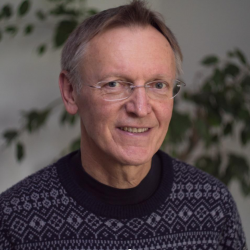
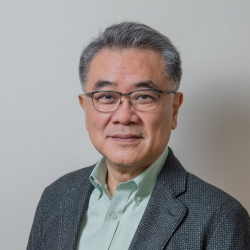
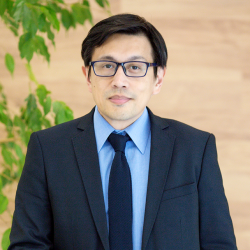
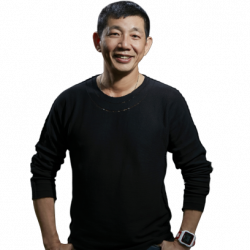
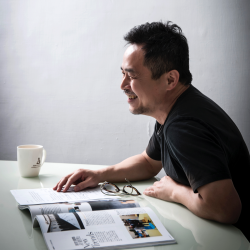
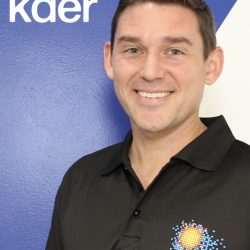


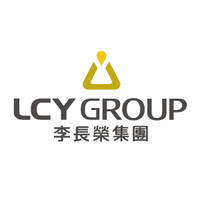
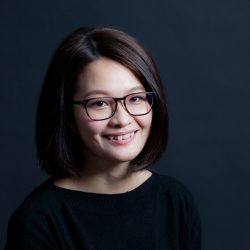
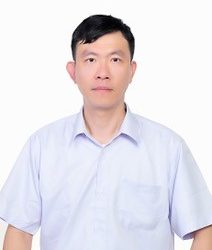
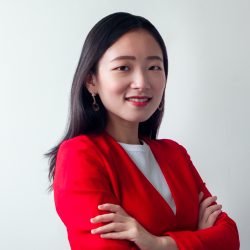
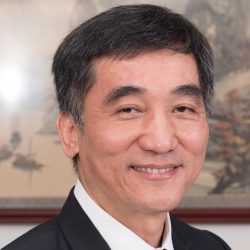
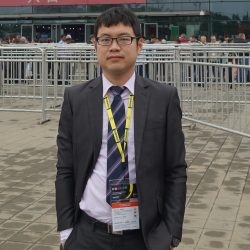
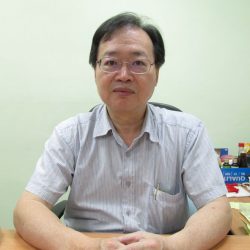
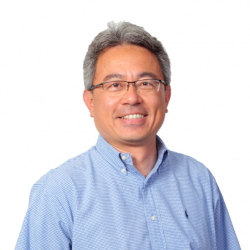
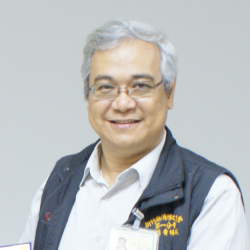
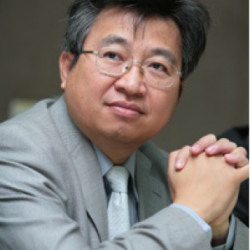
-e1574915476590-250x250.jpg)
